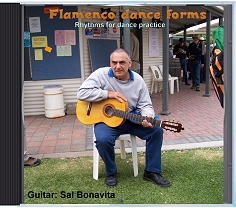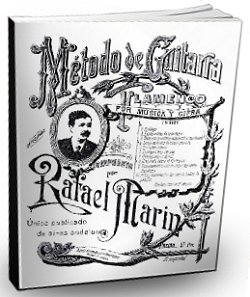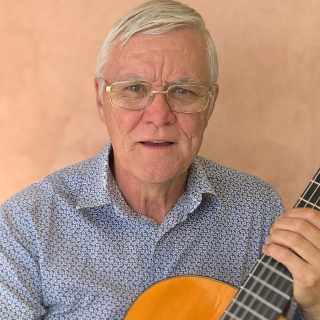The Compás Clock
Other methods of counting compás
Some people count a 12 beat cycle always starting on one.
Bulerías accents would therefore be interpreted as
1 2 3 4 5 6 7 8 9 10 11 12
Siguiriyas would be interpreted as
1 2 3 4 5 6 7 8 9 10 11 12.
I feel a headache coming on
Do you find that helpful? I don't. Starting everything on the count of one is as clear as mud to a beginner. I believe in keeping things simple to begin with. Then there are those who insist you should not be counting at all. That's fine for someone with lots of experience with flamenco, but if we examine the motives behind such a statement, I can't help but conclude that this attitude arises from a simple personal prejudice. To be so stubborn and pedantic is not helpful.
Don't preach your preferred counting to others
One of the things to avoid all all costs, is to start thinking in terms of "my interpretation is right and yours is wrong". There is no wrong and right here. You may have found the perfect method for keeping time, but it may not suit someone else so don't offer to teach your way as if it ware the ONLY way. There is too much "my way or the highway" type of single mindedness in the world. That's how wars start.
If you have an interpretation or a way to keep time that works for you, that's fine. By all means show it someone else as a suggestion only, not as an absolute commandment that was etched in stone on Mount Sinai. Remember that interpretations are all simply that - interpretations - and in the end they all serve the same purpose. Once you have internalized the compás, I agree that is it best to stop relying on counting with numbers. But in the meantime, visualizing the 12 positions of a clock face will certainly help.
Use a metronome
Using a metronome is highly recommended to keep your timing from wandering. After you have bought a good pair of shoes or a new guitar, consider investing in the 'compás metronome' shown at the top of this page, or something similar. Other 12 beat metronomes can be found on the metronome page.
Try different counting methods to find what suits you
There is no single concept formula that is better than another. Which counting method you adopt depends partly on which side of the railway track you were born on. Different people think and react to external stimuli in different ways. Some people think in pictures, others in sound and yet others think in feelings.
You cannot expect a person who is mainly visual to respond well to listening to clicks from a metronome. They may respond better to WATCHING a dancer's feet or a person clapping. A feeling person may find the best way to keep count is to FEEL the tapping of his foot on the accent beats. Have you noticed that Paco de Lucia does this. I'm hopeless at this. I prefer to LISTEN to claps or to the tapping of feet.
If you dream up other methods that involve counting the carriages of an imaginary freight train, or counting pigs through a turnstile, that is entirely up to you. It may surprise you to know that some people don't count out the compás at all. They feel it, or beat it out with their foot or hands or simply verbalize it with rhythmic mutterings such as "TAKA taka taka TAKA taka taka"...., or whatever.
In dance class you will naturally be exposed to the preference of the teacher you end up with.
One thing is for sure. Flamenco is not a random art form. Understanding the 12 beat count is absolutely essential before you can astound your family and friends at parties with your skill as a dancer (or guitarist).
Counting is important to know, but once understood, best forgotton
"When one takes up flamenco dancing, one of the first things to learn is the structure of the different rhythms.....The more one listens and absorbs, the more you understand without counting.....it is best to try not to count once you know the compás, because it will inhibit the freedom of expression later on.....Counting is important to know, but once understood, best forgotton.....too many get caught up with the base elements of 3, 6, 8, 10, 12 and if anything deviates from that, they are thrown."
Extracts from Teo Morca's book, Flamenco Spirit
| 




